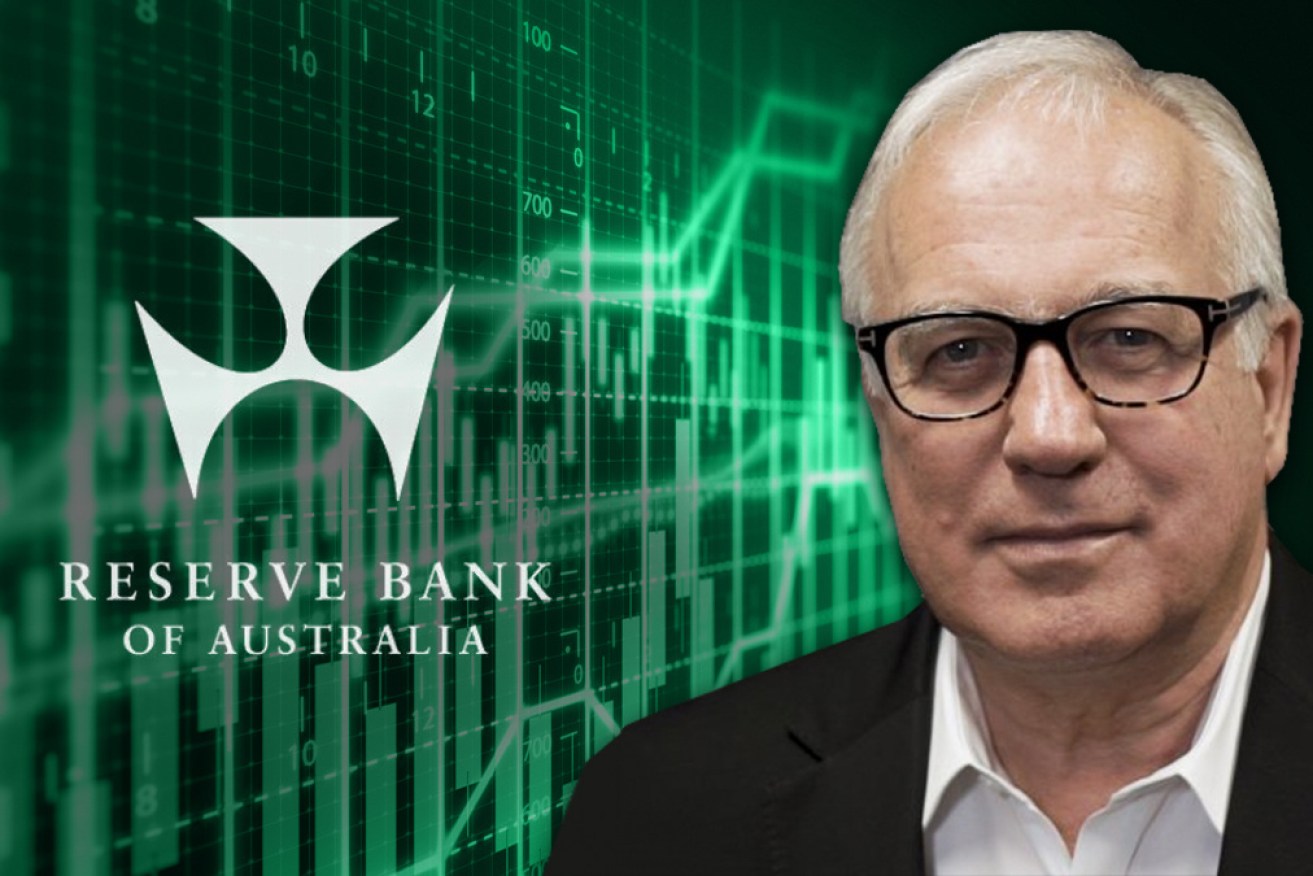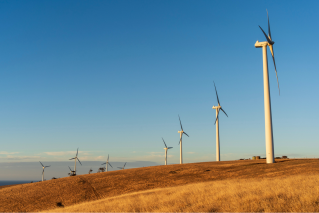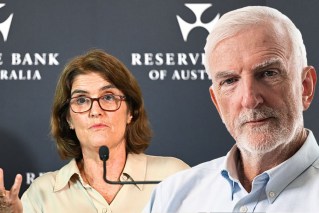Alan Kohler: The RBA’s inflation target has been a pointless disaster


The RBA elevation of the inflation target to the status of an unbreakable goal has been disastrous, writes Alan Kohler. Photo: TND
The Reserve Bank’s inflation target should be widened from 2 to 3 per cent to 1 to 4 per cent, or dropped altogether – the existing regime has been disastrous and is likely to be even more disastrous in future.
Interest rates are the only tool used to manage the economy, and they are wielded according to the inflation target, so we can all agree it is a pretty important item.
The idea of a target was invented in New Zealand in 1990, officially adopted by Canada in 1991 and then the UK in 1992. A year later Australia sidled up to this new vehicle for transporting monetary policy and kicked its tyres.
In a speech in March 1993, the RBA’s then-governor Bernie Fraser said keeping inflation to an average of 2 to 3 per cent over a number of years “would be a good outcome”. It was a thought bubble, not an announcement.
Fraser muttered it a couple more times, but there was never an announcement, until these words appeared in the August 1996 agreement between governor Ian Macfarlane and Treasurer Peter Costello: “In pursuing the goal of medium-term price stability the Reserve Bank has adopted the objective of keeping underlying inflation between 2 and 3 per cent, on average, over the cycle.”
Twenty years later, that objective, on average, over the cycle, had hardened into steel tracks upon which the RBA train rattled. Disaster ensued.
On January 28, 2015, the Australian Bureau of Statistics revealed that inflation in the December quarter was 1.7 per cent. Gasp. Inflation had fallen below the target – up to then the task had always been to get inflation down from above it.
So a week later governor Glenn Stevens announced that the cash rate would be cut from 2.5 to 2.25 per cent.
Down, down, and down again
On April 24, the ABS said March-quarter inflation was 1.3 per cent. Even further under the target. A fortnight later, down went the cash rate to 2 per cent.
Inflation stayed under 2 per cent, and Stevens cut the cash rate twice more before Philip Lowe took over as governor on September 16, 2016. He inherited an interest rate of 1.5 per cent and inflation of 1 per cent.
The board of the Bank of Lowe then did nothing but fret about low inflation for 29 more meetings before they finally cracked in June 2019 and cut the cash rate three more times, to 0.75 per cent.
And so Australia entered what Dr Lowe said in his final speech last week was “a very scary time” – the COVID-19 pandemic – with a cash rate that was too low to allow more than three rate cuts before zero was hit. As a result he felt obliged to give “forward guidance” that the 0.1 per cent rate wouldn’t change till 2024.
Forward guidance is the other central banking tool that now defines monetary policy, along with inflation targets. It was invented by US Federal Reserve chairman Ben Bernanke during the GFC – the idea was, and is, that words will amplify actions.
But when Philip Lowe amplified the RBA’s actions through 2021 by saying that rates probably wouldn’t change until 2024, he was telling Australian families that if they took out a three-year, fixed-rate mortgage at 2 per cent, when they came off it and went on the variable rate, their repayments would still be about the same. No worries.
Glenn Stevens’ original sin
The upper end of the inflation target was breached in the December quarter of 2021 (3.5 per cent) and then, on April 27, the ABS revealed it was 5.1 per cent in the March quarter. A week later, the cash rate went up. It was the first of a dozen hikes.
Now the end of three-year, fixed-rate mortgages borrowed in 2020-2021 are costing those families unwise enough to pay attention to the Reserve Bank an extra $2000 or so a month.
But the original sin, I submit, was Glenn Stevens cutting the cash rate to 1.5 per cent in an attempt to get inflation up to the 2 per cent target, and then Philip Lowe’s in doubling down four years later, and cutting it to 0.75 per cent before the pandemic.
Those decisions profoundly distorted the Australian housing market and led to a large increase in household debt.
Apart from anything else, it didn’t work, and wouldn’t have. And anyway, inflation of between 1 and 2 per cent is not inherently bad for anyone, it was just below the range that Bernie Fraser thought would be a good outcome back in 1993, when inflation had averaged 8.7 per cent for the previous 20 years.
Two weeks ago Michele Bullock gave her first speech as governor-elect about “climate change and central banks”.
It was mainly a treatise about uncertainty and risk, but she did suggest that climate change is likely to be inflationary: “… if these disruptions become more frequent, severe or protracted due to climate change, prices could become more volatile, or if there are persistent adverse effects on productive capacity, remain higher for longer”.
She reminded us, pointedly, in that speech that the inflation target is 2 to 3 per cent. And then: “There is a question about whether climate-related trends could cause central banks to re-examine the relative merits of flexible inflation targeting. The RBA review considered this question but found that flexible inflation targeting had served the bank well and recommended its continued use. Nevertheless, I expect that debate will continue.”
Sucked into the debt trap
Yes, well, Ms Bullock please consider this a contribution to that continued debate.
Both you and Dr Lowe have asserted that the flexible inflation target of 2 to 3 per cent “has served us well”. I beg to differ.
It has been a pointless disaster. The RBA under Macfarlane would have brought inflation down with or without a target, and under Stevens and Lowe the existence of the target meant that innocuous 1 to 2 per cent inflation had to be dealt with by sucking Australian families into borrowing way too much.
And now the target is apparently going to get us into trouble again as inflation is driven higher than 3 per cent by climate change.
Is the RBA really going to hit us with a recession to try in vain to reduce that inflation, on top of the floods and fires?
If you must have a target, and I don’t believe you need to, make it 1 to 4 per cent, not 2 to 3 per cent.
Alan Kohler writes twice a week for The New Daily. He is finance presenter on ABC News and founder of Eureka Report








